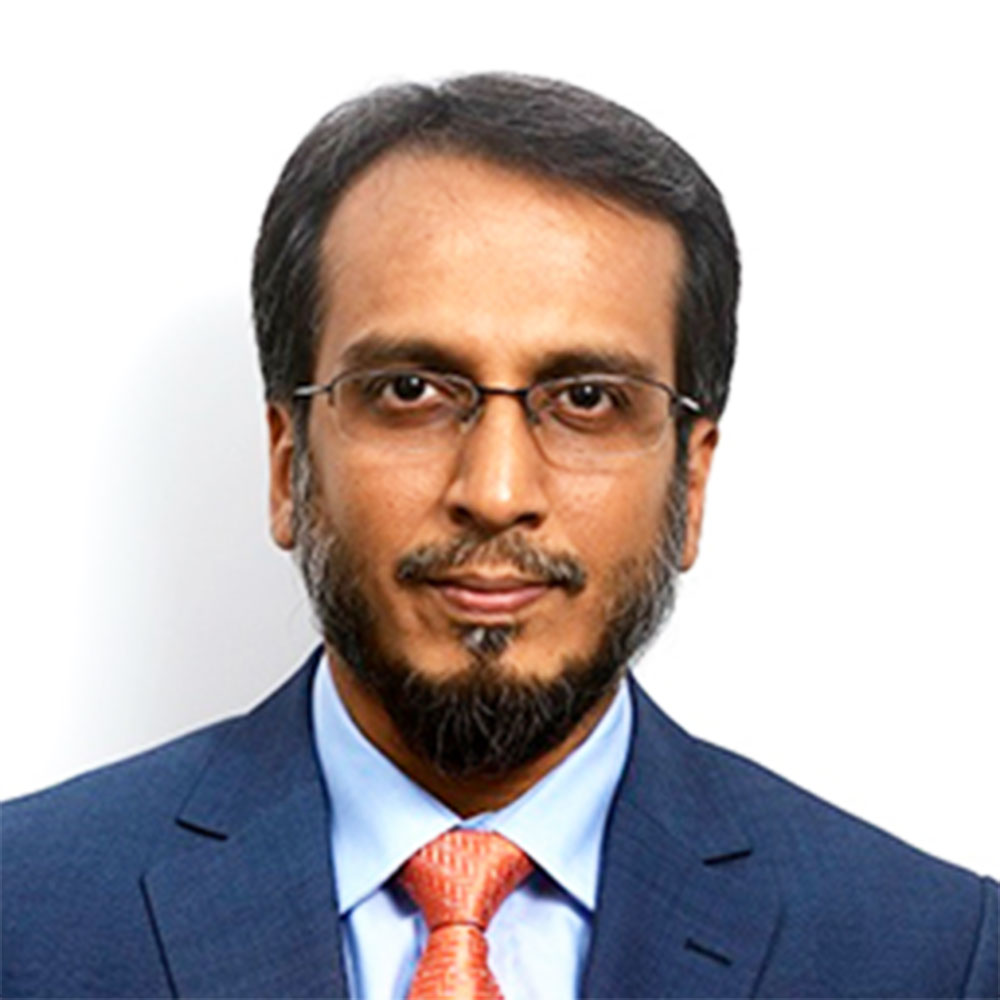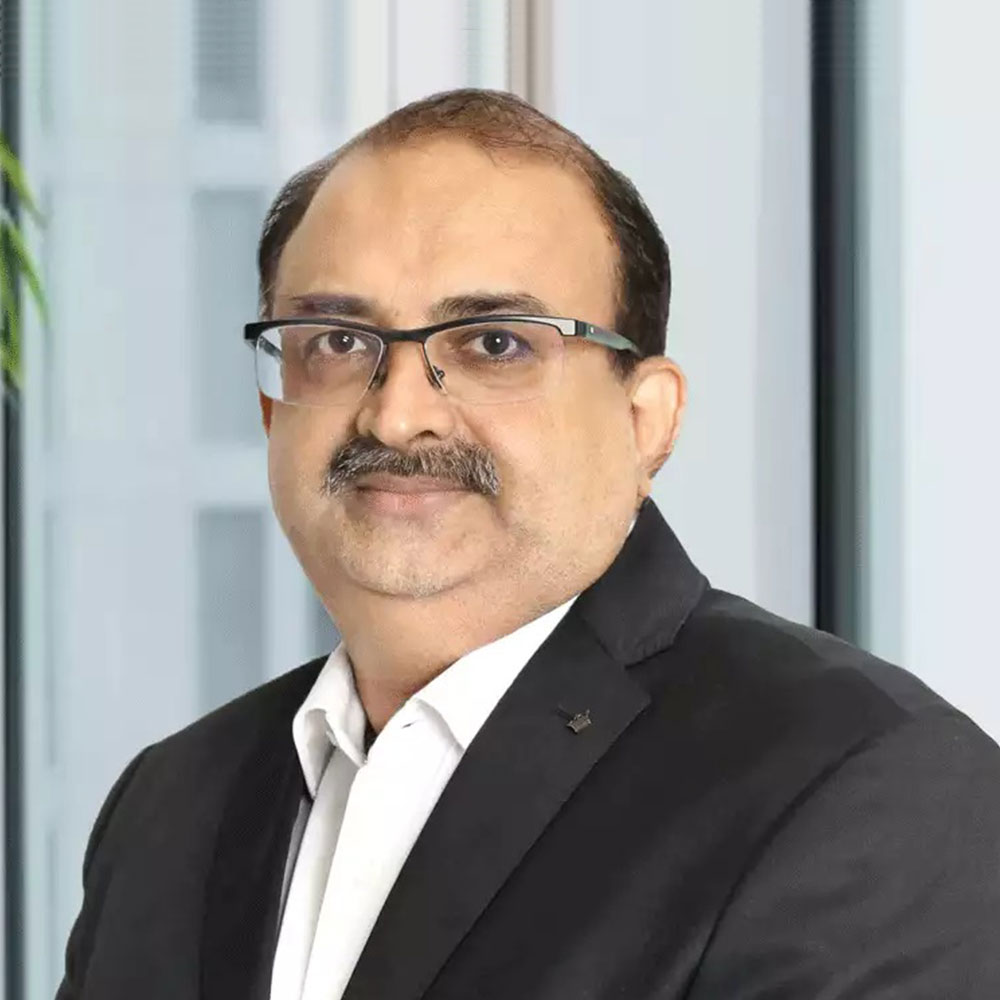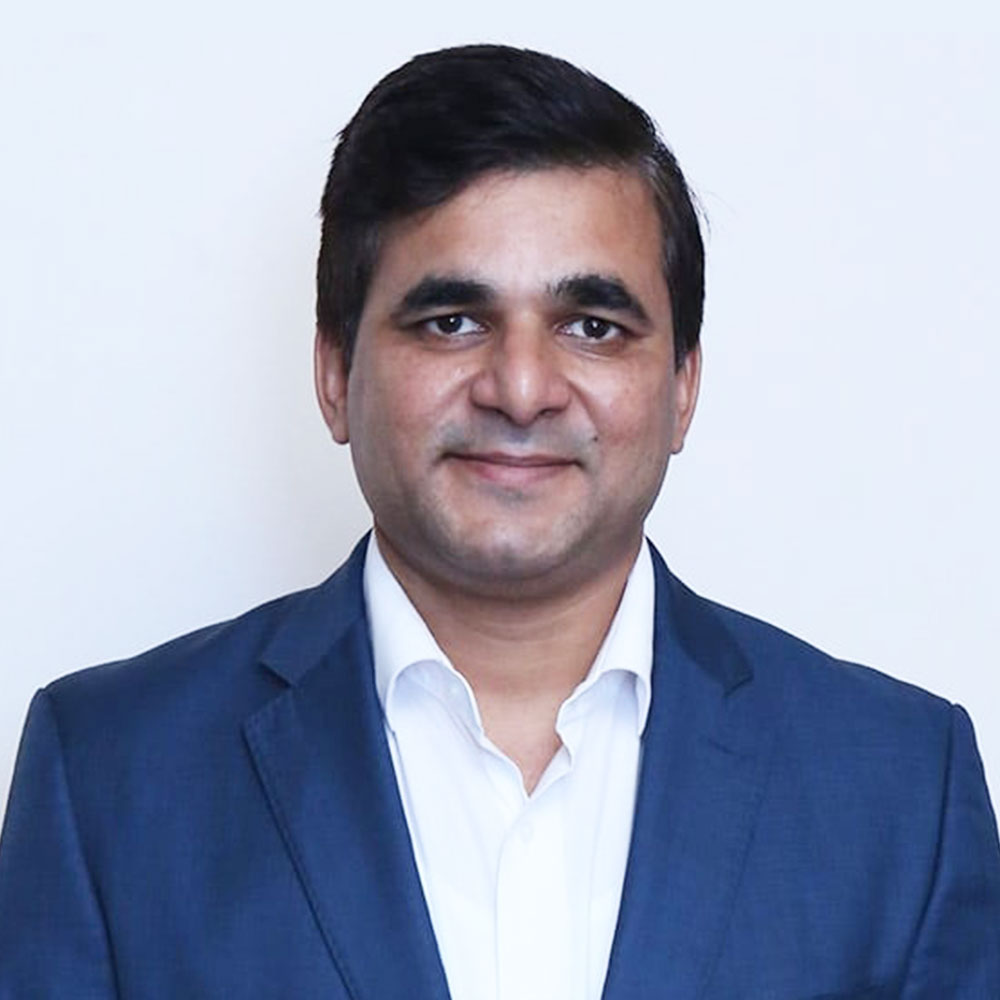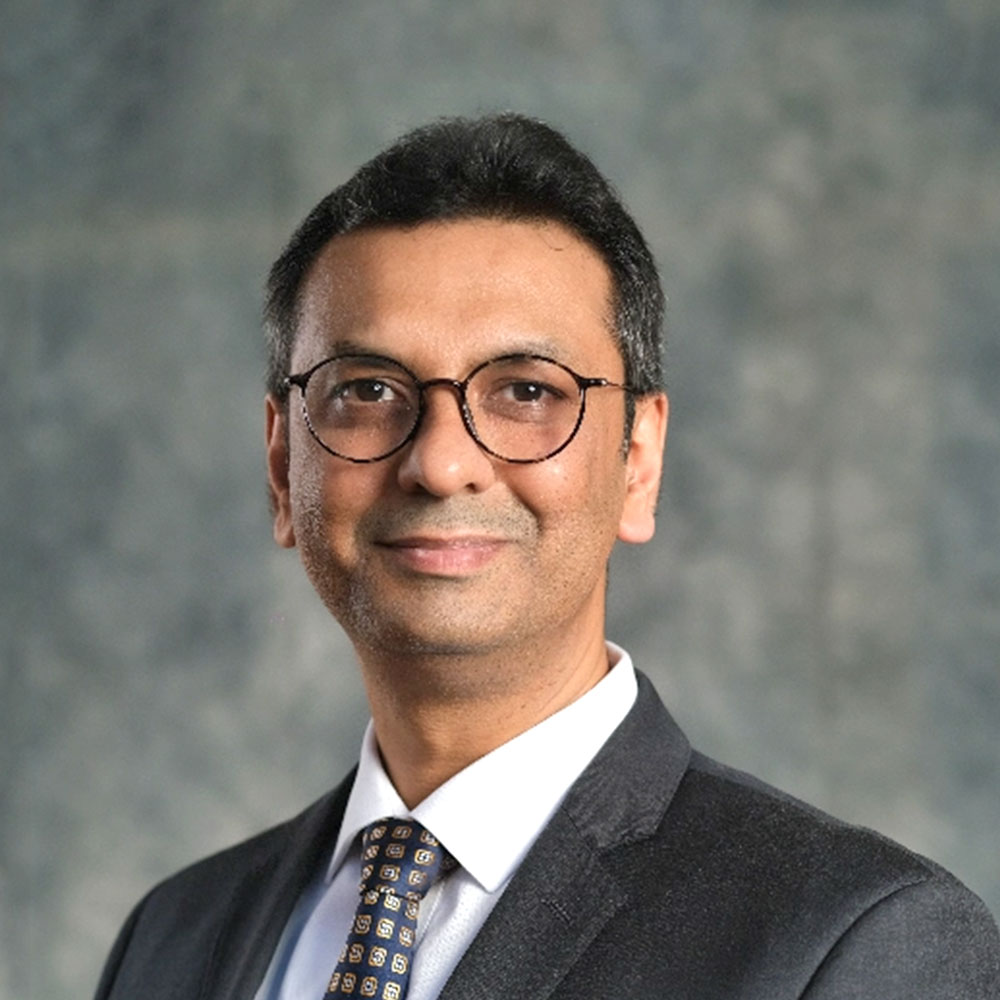Mr. Vikas Garg
Head - Fixed Income India, Invesco Mutual Fund
Vikas heads the Fixed Income investment function at Invesco India and also serves as a fund manager for various duration-oriented debt schemes at Invesco India. He has over 19 years' of experience, of which 17 years' are in the asset management industry spanning across credit research and portfolio management. In his last assignment, Vikas was working with L&T Mutual Fund as a Portfolio Manager where he was responsible for managing the Debt funds in various categories, including the high yield-oriented funds. In the past, he has worked in the credit research team with companies like FIL Fund Management Pvt. Ltd. and ICRA Ltd. Vikas holds B. Tech & M. Tech in Chemical Engineering from IIT- Delhi, PGDBM from XLRI -Jamshedpur and has cleared CFA (USA) Level III.
Q1. Given that the Reserve Bank of India has initiated its rate cut cycle, do you foresee an additional reduction in lending rates during the upcoming April policy meeting?
Ans: MPC has kickstarted the rate cut cycle with 25 bps in Feb 2025, after almost 5 years. Since then, global as well domestic factors have turned more favorable for the 2nd consecutive rate cut in April policy. Globally, while the inflationary threat of US's tariff policy lingers, it has also raised concerns about US's economic growth. Recent moderation in US's CPI & jobs market reflected that, and even FOMC highlighted the same in its March policy when it delivered a dovish pause. Back home, Feb 2025 headline inflation has come at 3.61%, much better than expectations and with that, 4QFY25 average inflation may remain closer to 4% as against RBI's projections of 4.4%. The recent monthly trade deficit came in sharply lower, and for the first time, net monthly service exports exceeded the trade deficit. The INR has recovered well after almost touching 88 against the Dollar. RBI has initiated various liquidity measures like Open Market Purchase operations of G-Sec and Fx swap in order to provide durable liquidity. 3QFY25 GDP growth has recovered to an extent over the previous quarter but the risk factors remain high amidst global policy flux, posing challenge to RBI's projected GDP growth of 6.7% for FY26. With these factors, we expect RBI to turn its focus on growth support with another 25 bps rate cut in the forthcoming April 2025 policy. The new MPC's more flexible approach to inflation trajectory under the inflation targeting framework provides room for further rate cuts, however, it may also depend upon the global situation.
Q2. RBI recently announced a $21 billion liquidity infusion through open market operations and foreign exchange swaps. How do you foresee these measures influencing bond yields and the overall fixed-income market?"
Ans: There has been a marked change in RBI's forex and liquidity management approach since December 2024. Even as the banking liquidity has been in deficit for quite some time, RBI has been providing enough liquidity through VRRs thereby maintaining the overnight TREPs yield close to the policy repo rate. Additionally, RBI has been providing durable liquidity through OMOs and Fx swap. While all these measures have helped reduce the liquidity deficit, short end money market and corporate bond yields are still elevated. We expect the banking liquidity to turn adequately surplus over next 2 months with RBI's continued liquidity measures and RBI's dividend in May, thereby triggering a downward movement in short end yields. We expect RBI to use OMOs as a major liquidity tool to inject durable liquidity which will further sweeten the demand-supply dynamics for G-Sec, especially in the 5-15 yr segment.
Q3. How important is duration management in the current economic environment? What approaches do you recommend for aligning portfolio duration with investment objectives?
Ans: With the likelihood of further rate cuts by RBI and improving banking liquidity over the next few months, the overall risk-reward remains favorable at the current juncture. However, it is also important to position appropriately on the yield curve. The G-Sec yield curve is steep as of now, especially in the 5 – 15 yr segment, which we expect to flatten out on favorable demand-supply dynamics with fiscal consolidation, FPI buying and RBI's OMOs. The corporate bond yield curve on the other hand is inverted as short end yields remain elevated due to tight banking liquidity and huge supply. We expect the corporate bond yield curve to flatten out as well, but with short end 1- 5 yr yields coming lower more rapidly as the banking liquidity improves post May 2025. Any uptick in yields due to still evolving global factors should be seen as an opportunity to build further exposure. Active fund management is critical as uncertainties may emanate from domestic inflation and global backdrop, which may influence various yield curve segments differently.
Q4. What criteria should investors consider when evaluating the creditworthiness of fixed income securities?
Ans: While the high external rating (like AAA / AA category) of issuers of fixed income securities provides a good starting point, one should also independently analyze the creditworthiness of the issuer. Various parameters like promoter's background, high corporate governance, track record of successfully managing the business across the cycles, strength of balance sheet, steady cash flows, debt servicing capabilities, external rating history, among others, can be considered to take a more informed view. Healthy credit metrics of an issuer scores better than the security package of underlying fixed income instruments.
Q5. How do you assess the influence of global economic trends, such as inflationary pressures and geopolitical events, on India's bond market?
Ans: Global market remains on edge as the US has started taking tariff policy measures against few countries. Such measures are expected against more countries, including India, thereby keeping the tensions high. Geo-political tensions have also flared up. The response function of countries may vary, adding to the overall volatility in financial & currency markets. US's further rate cut expectations are changing rapidly as incoming data suggests a healthy economy but at the same time policy disruptions may increase the risks to growth.
Against the global uncertainty, the Indian fixed income market is expected to remain largely resilient, though it may face knee-jerk reactions. The Central Government's clearly articulated fiscal consolidation path over the next few years remains a structural driver for the domestic fixed income market. Foreign investors continue to invest in the domestic fixed income market for the 4th consecutive month with inclusion in global debt indices, even as the equity segment has seen huge outflows. The INR has proved to be relatively better across EMs, amidst currency volatility on the back of strong fundamental drivers and manageable current account deficit. Domestic inflation is showing healthy signs of moderation. Given these factors, we expect the domestic bonds market to remain largely insulated from global spillovers and react more to the domestic factors.
Q6. What is your outlook for the fixed-income market in the coming quarters, and what investment strategies do you recommend for investors seeking stable returns?
Ans: We maintain a constructive view on the domestic fixed income market on the back of favorable demand-supply dynamics for G-Secs, expected rate cuts and improving banking liquidity. Current elevated yields across the curve provide an attractive entry point. For investors looking to keep the volatility low, debt fund categories like Money Market, Ultra Short Duration and Low Duration provide healthy accruals and are expected to benefit from rate cuts & improving liquidity. Permitting the risk appetite, one may look to add duration through funds like Short Duration Fund, Corporate Bond Fund and Medium Duration Fund which can provide balanced participation in G-Sec in the 5-15 yr space and corporate bonds in 1-5 yr space. These categories will help in capturing capital gains as the yields decline.







